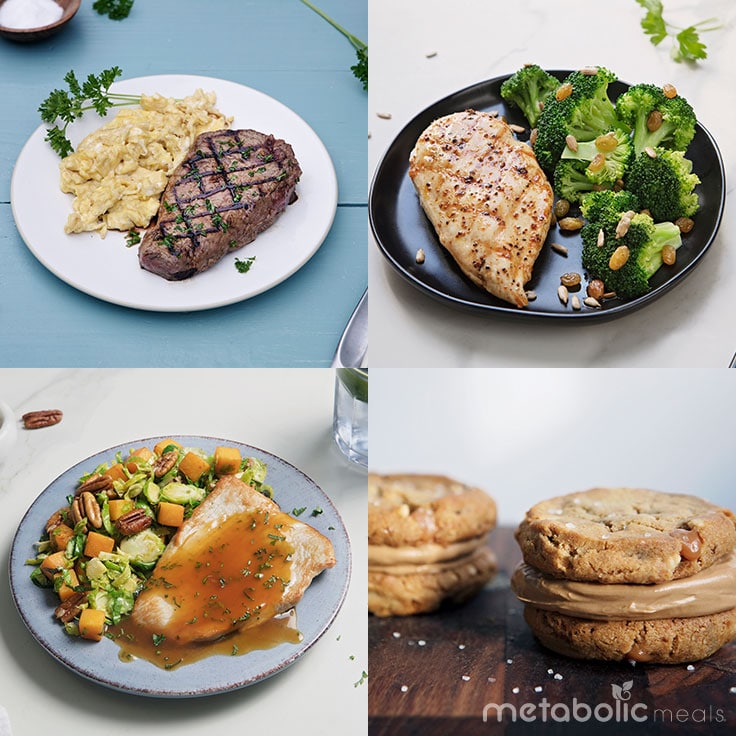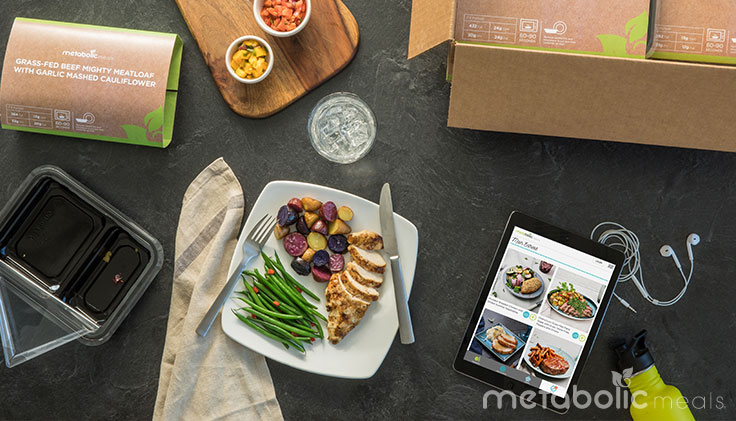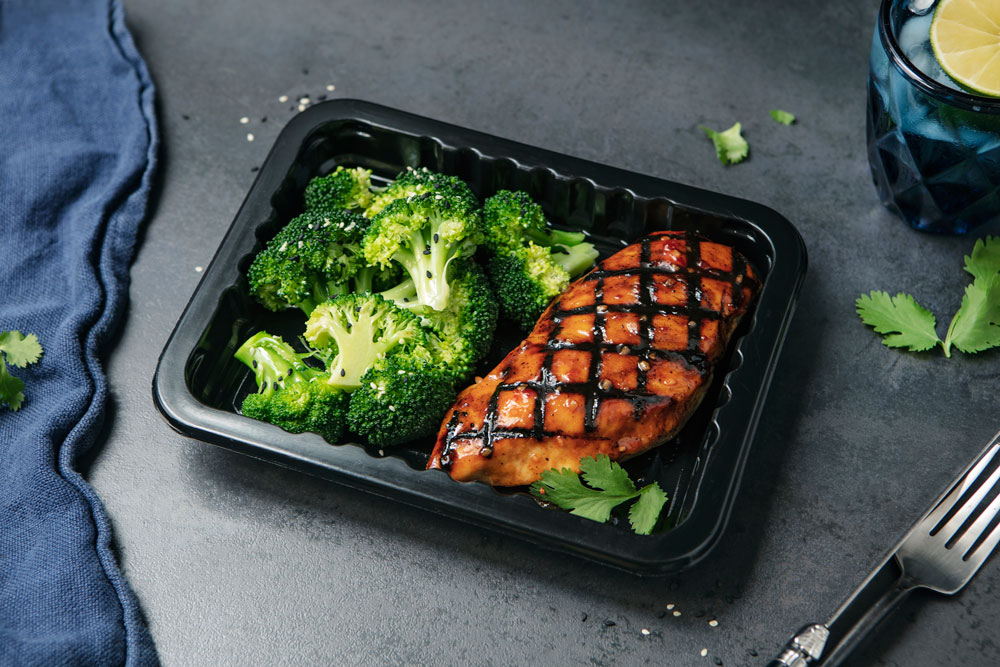ARTICLE AT A GLANCE
The flexibility of counting macros and an IIFYM approach can make sticking to a plan and seeing results more challenging. It’s tempting to overdo it on your favorite foods; that’s why it’s important to pay attention to food quality and overall nutrition. In this article, we cover:
The IIFYM (“if it fits your macros”) diet has grown in popularity over the past few years, mainly because it isn’t exactly a “diet.” It’s a way of keeping yourself accountable by tracking not just calories, but also protein, carbs, fat, and alcohol — the four macronutrients that provide your body with energy.
An IIFYM meal plan gives you a better chance of staying on track, whether your goal is to lose fat, gain muscle, or maintain body weight while increasing performance. While you can’t literally eat whatever you want, the flexibility of the plan means you have a much wider range of food choices than most diets allow.
However, that flexibility can also make sticking to the plan more challenging. It’s tempting to overdo it on your favorite foods; that’s why there are guidelines that must be followed. It’s OK to enjoy your favorites, but you need to include them in your diet strategically so the majority of your daily nutrition (at least 80 percent) comes from whole foods.
Clearing Up Confusion
Flexible dieting has been made popular by high-level athletes and fitness celebrities. These influencers post pictures of huge meals they’re able to eat because they technically fit into their diets. The idea of eating what you want can become a trap when you see elite athletes indulging in “unhealthy” foods while still looking and performing their best.

The catch is that you can’t really eat “anything,” at least not in unchecked quantities. Food quality is still essential because you must meet your macro and micronutrient goals. For example, the Institute of Medicine recommends consuming about 14 grams of fiber per 1,000 calories. It may be difficult to hit your fiber target each day if most of your carbs are coming from nutrient-void, calorie-dense foods. When you choose healthier carbohydrate sources, you increase your fiber intake by default while keeping your overall calories in check.
Protein is also essential. A study published by Oxford’s Journal of Nutrition showed that, combined with daily exercise, a diet that’s higher in protein helps you significantly improve body composition during weight loss. If you eat too many calorie-dense foods, it’s tough to get enough protein from healthy sources without exceeding your daily calorie limit.
Flexible dieting still gives you opportunities to eat the foods you love. You just have to make sure you’re hitting your protein and fiber goals, as well as your daily carbohydrate and fat targets. If you keep that in mind, your flexible dieting plan will be much more sustainable.
Sticking To a Flexible Diet
It’s easier for elite athletes to eat pizza, hamburgers, sushi, doughnuts, or ice cream — they require so many more calories than the rest of us that they have the leeway to still hit their targets. For the average person, flexible dieting should look more like lean meats, starchy carbs, a variety of vegetables, some eggs and dairy, and then ice cream and other treats to fill in the rest of their macros.

The point is this: Consume everything in moderation. Your diet can still include foods you love, as long as the majority of your meals are composed of high-quality, micronutrient-dense whole foods and you come extremely close to hitting all of your daily macro targets.
Think of your meal plan as a budget: If you make $1 million a year, then buying a $50,000 sports car is minimal. But if you make only $40,000 per year, buying that same car will leave you without any money for essential bills.
In your food budget, if your carbohydrate target is 450 grams per day, then you can afford to spend some of those carbohydrates on “cheat” foods and still meet your other targets. If your target is only 150 grams of carbs, then it does not make sense to blow half of them on a serving of Pop-Tarts that has 75 grams of carbs alone, with virtually no fiber and very low protein.
Sustainability is key, so take the time to calculate how much your favorite foods will cost you in terms of sticking to appropriate macro ratios. For example, if your goal is to lose fat, make sure you keep the fat off by recalculating macros you can stick to long after you’ve shed the pounds. Otherwise, you might gain it all back.
When starting any new approach to dieting, think of this: Can you see yourself still doing this in three months, six months, or a year from now? Once you understand what foods contain which macros and in what quantities, you’ll be more likely to sustain flexible dieting for a lifetime. As with anything, the more you practice, the better you’ll get. You may even be able to eyeball portion sizes and macros in the future.
If you are brand new to tracking your daily macros, you can try several macro-calculating apps to make it easier. Take the stress out of deciding what to eat by preparing your meals on the weekends or by using a
prepared meal delivery service.

As long as you stay within that macro budget and make hitting your protein and fiber goals a priority, the rest of your calories can come from carbs or fats. By taking a little extra time to track macros, you won’t have to sacrifice your favorite foods. You can truly have the best of both worlds.






